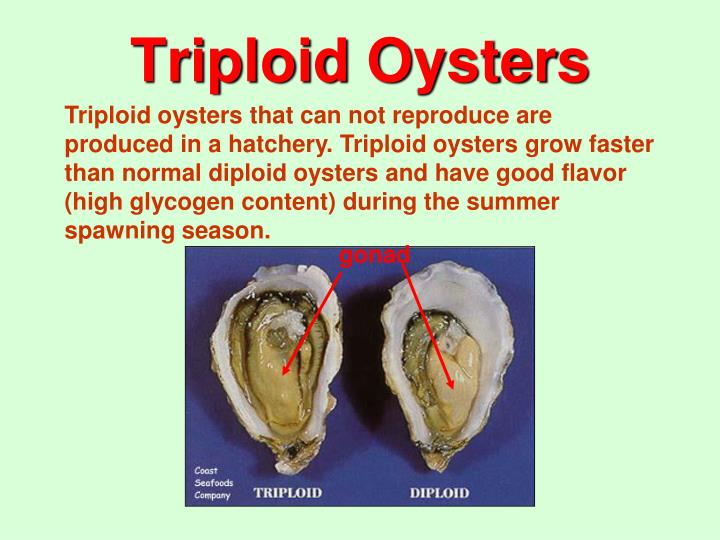

The spat were collected from submerged tires and old oyster shells where, in the traditional method, they would otherwise have been left to grow to harvestable size. Meanwhile, the plastic trays are stacked on top of each other, with each tray also containing 25 oysters. Lebata-Ramos, however, found that by giving oysters ( Crassostrea iredalei) their own private space to grow, in pouches or trays, they can grow unclustered, yield up to 59 percent more meat, and in 50 percent less time.Īs detailed in her recently-published study, her team placed wild-collected baby oyster “spat” and individually stocked them in prototype net pouches and plastic trays suspended from floating bamboo rafts at their study site in Batan Bay in Aklan.Įach hanging pouch contained 25 compartment pockets that each contained one oyster. Wild oyster larvae naturally stick to these surfaces and form clusters of marketable, but often smaller, oysters in nine to 12 months.ĭr. Junemie Hazel Lebata-Ramos, a scientist at the Southeast Asian Fisheries Development Center, Aquaculture Department (SEAFDEC/AQD) based in Iloilo, Philippines. “Oysters are traditionally grown on bamboo stakes, worn tires, or old shells installed at river mouths,” said Dr. To help oyster producers capture the premium market, a mollusk scientist devised a simple method of growing oysters that are not only single, but also young and meaty. Junemie Hazel Lebata-Ramos of SEAFDEC/AQD to grow single oysters that command up to five times the price of clustered oysters. Newly-harvested young, single, and meaty gourmet-type oysters after six months of growing in innovative net pouches designed by Scientist Dr. However, diligent traders may opt to carefully separate, sort, and clean larger shells to enter the lucrative market of premium unclustered oysters served in hotels and high-end restaurants, where a dozen pieces can fetch around P500 (US$10). In the Philippines, oysters sell for as little as P60–70 (US$1.20–US$1.40) per serving, roughly 10-15 shells, in small seafood restaurants. The shells – sizeable, petite and everything in between – reveal random morsels of meat that go well with fish sauce and spiced vinegar. Seafood lovers are acquainted with prying their way through clumps of steamed oyster shells. The result shows that the vast majority of oysters were classified correctly in all image analyses (98.4%).While oysters are naturally clingy, a scientist has found that they grow best with no attachments and when given healthy boundaries. These oysters were genetically analysed to determine species identity. In addition to oysters that were easily identified by species, as Pacific or flat oysters, 200 oysters were included that had unclear species identity based on initial visual assessment. Training data was used to train the algorithm and the performance of the algorithm was evaluated based on validation data not used during the training procedure. The images were divided into 80% training data and 20% validation data. Over 1,000 images of oysters were used to improve the algorithm’s performance. In this project, the pictures were of oysters and the fact their species identification.

The algorithm is based on supervised machine learning, which is a category in machine learning where the algorithm is given images and associated facts with what the image represents. To address this issue, an algorithm has been developed that can classify images of oysters as either Pacific oysters or flat oysters through image processing and machine learning.

How do we make it feasible to sort oysters spat by species? Since aquaculture of Pacific oysters is not allowed in Sweden due to that the species is classified as an invasive species, the collected oyster spat must be sorted by species and all Pacific oysters must be destroyed, which is neither practical nor economically feasible for the industry today.

Why has it become harder to collect spat?īoth flat oysters and Pacific oysters attach to the collectors. Traditionally in Sweden, spat for aquaculture have been collected with the help of sea-based collectors, but since the introduction and establishment of the Pacific oyster ( Magallana gigas) in 2006, the possibility of collecting spat with this field-based technology has drastically decreased. However, domestic production of oysters fails to meet the demand on the local market at the same time as the Swedish aquaculture industry has difficulties expanding due to limited availability of oyster spat. One of the most valuable bivalve molluscs in Sweden is the flat oyster, Ostrea edulis.


 0 kommentar(er)
0 kommentar(er)
